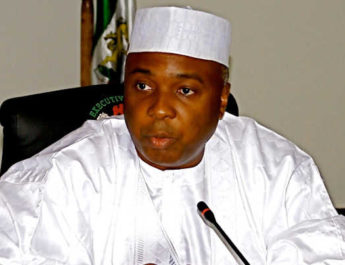When around 100 Nigerian youths staged a protest calling on Central Bank Governor Godwin Emefiele to resign over the slide in the naira, bank officials were keen to play it down
A central bank spokesman denied that there had been an actual media gag, but no major newspaper reported the protest after a meeting with the bank. “We will not get blackmailed. Mr Emefiele is working his arse off,” he told reporters.
In June, Nigeria dropped its currency peg, hoping the overvalued naira’s fall would attract investment into Africa’s biggest economy, which has been hammered by a slump in oil revenues.
But four months on, nerves are raw at the bank. The naira keeps falling and investors are staying away. Many are wondering how much further the currency may slide.
Emefiele had promised a “purely market driven” exchange rate but has retained hard currency curbs to limit imports of almost 700 goods. Those measures have kept the naira’s official rate at 310 per dollar but on the parallel – or black – market, where firms go to buy dollars for raw material imports, the currency is weakening inexorably towards the 500 mark.
With Nigeria importing everything from milk to machines, people are feeling the pinch. Annual inflation surged in August to 17.5 percent.
The central bank is braced for more naira trouble and recently conducted a stress test for banks to see if they can manage a naira fall 500 per dollar, financial sources told Reuters.
Brokerage Exotix even floated in a recent report the idea of a fall to 1,000 per dollar to see whether Nigerian banks, which have borrowed heavily abroad, can survive this “worst case scenario”
